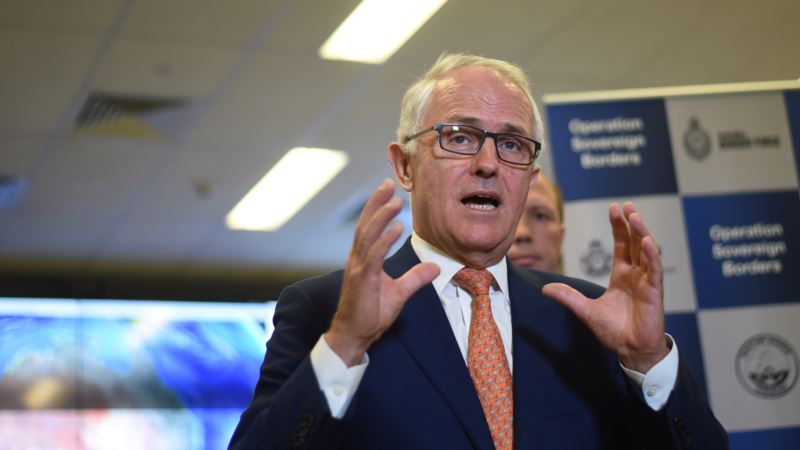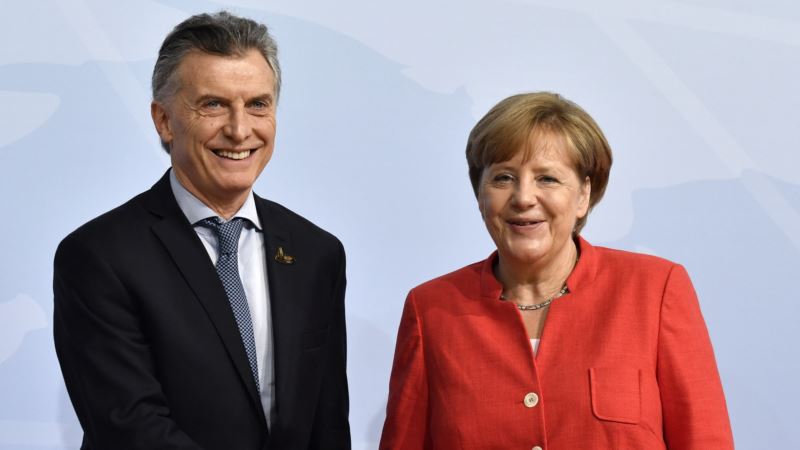Australian experts are divided over whether the world's biggest trade deal could survive without the United States. President-elect Donald Trump has promised to pull out of the Trans-Pacific Partnership, or TPP, on his first day in office. The agreement includes the US, Australia and ten other countries. Donald Trump has dismissed the TPP as a job-killing “disaster” and has said he would scrap the proposed agreement when he becomes US president in January. Trump has promised to instead negotiate bilateral trade deals that would “bring back American jobs.” The TPP was signed by 12 countries earlier this year, and covers 40% of the world's economy. To come into force, it must be ratified by February 2018, but there is disagreement if it could proceed if the US walks away. Japan’s Prime Minister, Shinzo Abe, said the treaty would be “meaningless” without the US. Some analysts in Australia agree, arguing that the TPP is built around a deal between Japan and the United States, and if the U.S. pulls out, the trade pact would collapse. But Tim Harcourt, an economist at the University of New South Wales Business School, believes the deal could be revived by China. “I think small, open economies like Vietnam, Peru, Chile – those types of economies do very well out of these free trade agreements. It is probably Japan and the U.S. who are probably, you know, the least keen of all the economies. They have all got to get it through their own parliaments and they would all have to agree to it but it might be possible that China sets up something equivalent to the TPP with China pretty much at the helm, and that would not be a good outcome for the US,” said Harcourt. Australian Prime Minister Malcolm Turnbull said earlier this week he was hopeful that Trump might change his mind and embrace the TPP, or that the deal could survive in a modified form to placate the incoming U.S. president. New Zealand has suggested that some sort of renegotiated deal could be possible without the US. The 12 countries of the TPP have a combined population of about 800 million – almost double that of the European Union's single market. Its other signatories are Brunei, Canada, Malaysia, Mexico and Singapore. It aims to strengthen economic ties between these nations and cut tariffs. Critics of the TPP in the U.S. say that it lacks transparency and favors other nations at the expense of jobs in the United States.
Australia Considers TPP Without US






